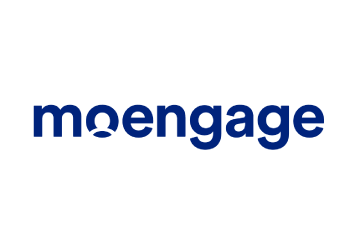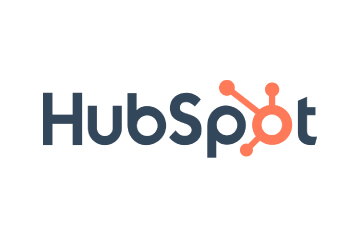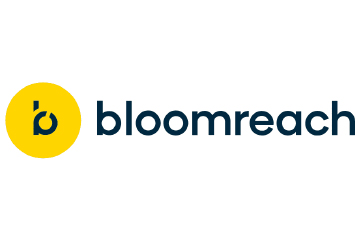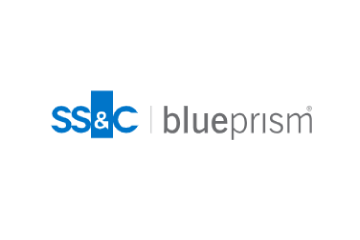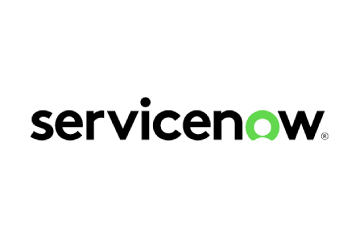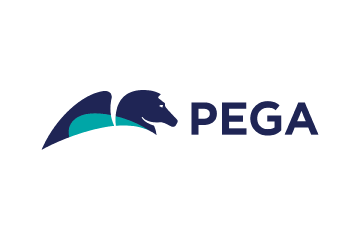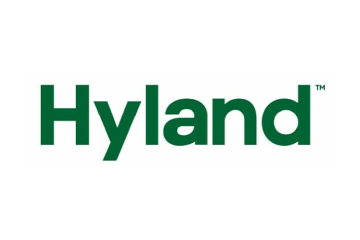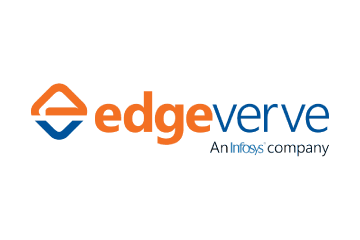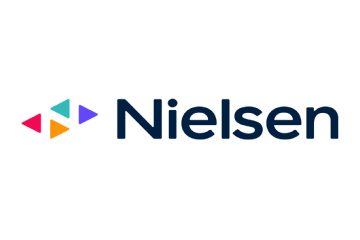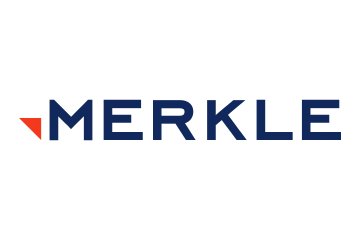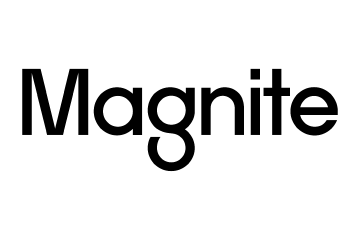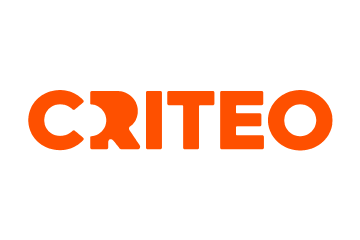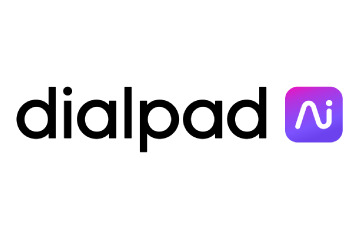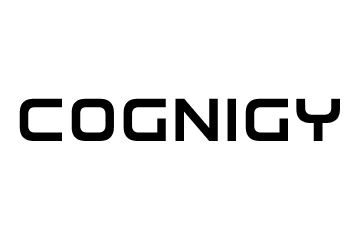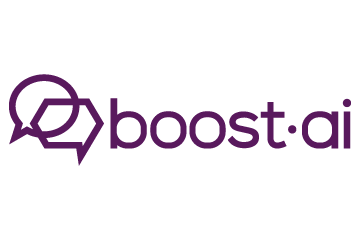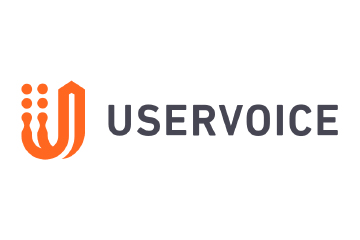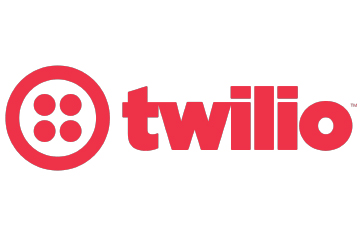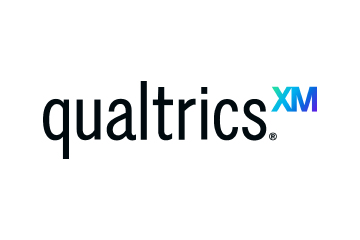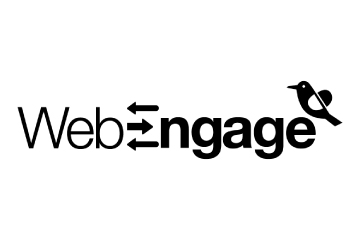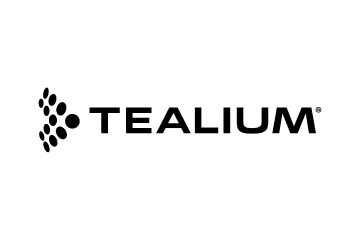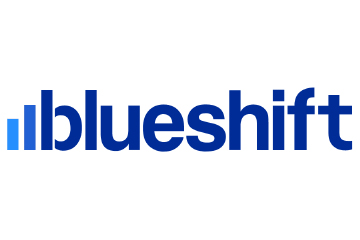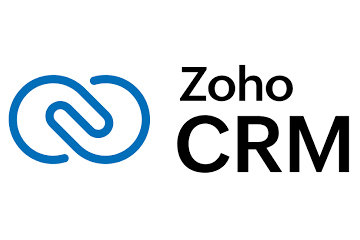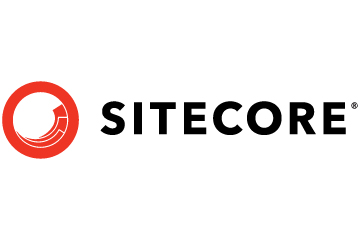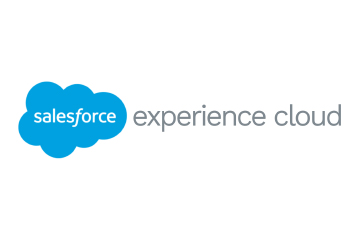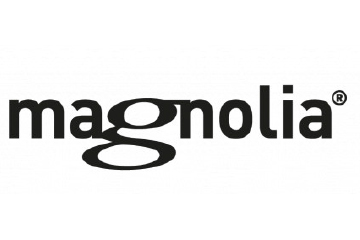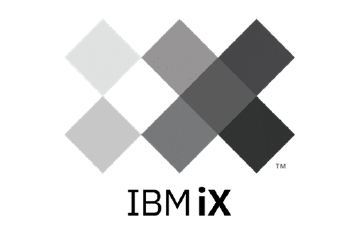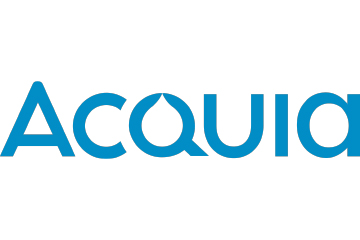Retail Media 3.0: In-Store Digital Integration to Take Centre Stage
From leveraging in-store digital experiences to fostering trust through privacy-forward data practices, the potential to create an impactful and inclusive retail media network is greenfield.
Topics
What to Read Next
- Surfside Expands Commerce Media Solution to Include In-Store Inventory
- Salesforce Signs Definitive Agreement to Acquire Qualified
- MoEngage Secures Additional $180M in Series F Funding
- KNOREX Unveils White-Label Solutions to Power Live Commerce Advertising
- Insightly Launches AI-Powered Copilot to Streamline CRM Workflows

As retail media continues to grow into a cornerstone of modern marketing, 2025 promises transformative changes that will shape how brands engage consumers. According to eMarketer, United States omnichannel retail media ad spend will account for nearly a quarter of total media ad spend by 2028, reaching a whopping $129.93 billion.
Another year of the retail media boom, innovation, trust, and inclusivity is poised to drive the industry to new heights. Here’s a deeper dive into the trends shaping the industry in 2025, what they mean for the future, and how retail media adopters can better shape their strategies to meet the moment.
Retail Media 3.0: In-Store Digital Integration Takes Centre Stage
The future of retail media lies in bridging the digital and physical shopping worlds. Dubbed “Retail Media 3.0,” this evolution will see grocery and other retail sectors prioritise in-store digital integration. While many may think ecommerce is the way of the future, consumers aren’t completely sold on forgoing the in-store experience. In fact, it’s quite the contrary.
According to research from PwC, 46% of consumers said “they value the ability to see and touch products, and 40% enjoy the immediate purchasing option in-store”.
To bring the virtual and in-store experience in unison, digital signage, interactive displays, and data-driven targeting will transform the physical shopping experience, enabling retailers to reach consumers at key decision-making moments. Imagine walking into a grocery store where dynamic displays showcase personalised product suggestions based on shopping history or current promotions. These systems will use advanced analytics to deliver tailored messages, blending the convenience of digital advertising with the immediacy of in-aisle decision-making.
The benefits are clear: enhanced customer engagement, improved sales, and stronger brand loyalty. Retailers who embrace this omnichannel approach will create a seamless customer journey that not only boosts revenue but also deepens consumer trust. As the technology becomes more accessible, even mid-sized retailers will join the trend, making Retail Media 3.0 a defining feature of the industry.
Data Collaboration and Privacy: Foundations for Sustainable Growth
In a world increasingly governed by stringent privacy regulations, retailers must adapt to new frameworks for data collaboration. And this just isn’t a matter of law, but a demand from consumers on how they want to be treated by brands. According to a McKinsey & Company survey, “about half of the consumer respondents said they are more likely to trust a company that asks only for information relevant to its products or that limits the amount of personal information requested”.
For this reason, privacy-enhancing technologies (PETs) and clean rooms will increasingly become standard tools in 2025, enabling retailers and brands to share insights securely while remaining compliant with evolving regulations and meeting the consumer imperative for privacy.
These technologies allow brands and retailers to collaborate without directly sharing raw data, safeguarding consumer privacy while delivering actionable insights. By investing in compliance and transparency, retailers can build trust with both consumers and brand partners, ensuring the long-term sustainability of retail media as a growth engine.
Moreover, this shift toward collaborative data practices underscores the importance of trust in retail media ecosystems. As consumers become more discerning about how their data is used, brands that prioritise ethical practices will gain a competitive edge. Retailers, in turn, will need to communicate these efforts clearly to maintain consumer confidence.
Empowering Smaller Retailers Through Loyalty Programs
One of the most promising developments in retail media is its accessibility to smaller players. Loyalty programs are emerging as a powerful entry point for smaller retailers to capitalise on retail media opportunities. According to data from SAP Emarsys, “there was a 28% increase in loyalty program usage in 2024 – a 40% increase from 2023”. By leveraging the data from these programs, smaller retailers can create personalised advertising experiences that resonate with consumers and attract brand partnerships.
For instance, a regional grocery chain might use loyalty program insights to highlight relevant offers or co-branded promotions, creating a mutually beneficial relationship between retailers and brands. This approach doesn’t require significant investment in advanced technology, levelling the playing field and enabling smaller retailers to compete effectively in the retail media space.
As this trend gains traction, it will democratise access to retail media, allowing retailers of all shapes and sizes to participate in the retail media boom. The result will be a more inclusive ecosystem where innovation isn’t limited to the industry’s largest players.
The Rise of Superapps: Redefining Retail Media
Superapps are becoming an increasingly influential force in retail media, with Gartner estimating that “more than 50% of the global population will be daily active users of multiple superapps” by 2027. These platforms, which combine shopping, social interactions, and services, are reinventing how brands connect with consumers. Superapps will leverage ad revenue to fund additional services, keeping users engaged within their ecosystems.
READ MORE: Marketer Priorities for 2025
By offering integrated ad opportunities, superapps present brands with a chance to reach highly engaged audiences. For example, a user browsing for home goods on a superapp might receive targeted ads based on their search history, seamlessly connecting discovery and purchase.
This model will drive innovative partnerships, as brands seek to integrate their offerings into the broader superapp experience. Retail media within superapps will evolve into a major revenue engine, supporting the expansion of services and ensuring a steady flow of user engagement.
What This Means for the Future of Retail Media in 2025 and Beyond
Retail media is constantly evolving, with the combination of technology and creativity redefining the everyday shopping experience. The trends shaping 2025 are more than mere technological advancements—they are a blueprint for a future where brands and retailers connect with consumers in ways that are meaningful, timely, and personal, further edging us away from the creepy, irrelevant advertising tactics of yesterday.
From leveraging in-store digital experiences to fostering trust through privacy-forward data practices, the potential to create impactful and inclusive retail ecosystems is greenfield. And this moment for opportunity isn’t just for the biggest retailers, brands, or marketplaces. Smaller retailers, empowered by loyalty programs, and the rise of super-apps promise to democratise access to retail media, ensuring no player is left behind.
READ MORE: 15 Signs of Invalid Traffic from Your Analytics Tools











